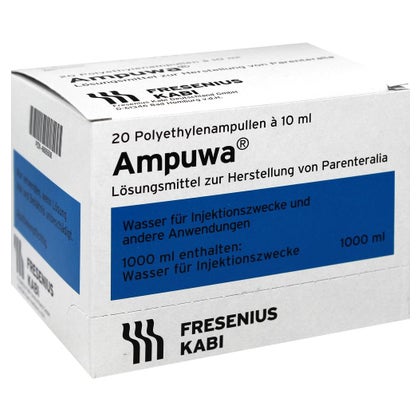So I guess this is a way for y'all to tell me how badly I'm risking my health... or maybe it helps someone who's in a similar position?
I'm from Europe and it's not really possible to source bacteriostatic water even semi-legal in my country (trust me I tried to get it, no dice if you don't have a company + lab address), so I tried to find another way to get something similar. I wasn't going to buy it from some random grey market sellers which probably just use distilled water. So I decided to make my own BAC because the components themselves are not regulated and relatively easy to get.
Ingredients:
Tools:
Notes:
Prepare the benzyl alcohol:
Make the BAC:
After doing this, make sure to discard your sterile water, as you've likely contaminated it and due to it lacking preservatives (the whole reason we're making BAC) it's not safe to use more than once.
I've been using the resulting BAC for a month with zero stinging or other reactions. The 2 test BAC vials as well as the weekly-accessed reconstituted vial have been perfectly clear so far.
Because the BAC vials have been accessed through the septum in a non-sterile environment (unless you're using a flow hood, congrats!) they have limited shelf life and should not be used for extended periods of time. Treat them like BAC you've opened already, and proceed according to your risk tolerance.
I'm from Europe and it's not really possible to source bacteriostatic water even semi-legal in my country (trust me I tried to get it, no dice if you don't have a company + lab address), so I tried to find another way to get something similar. I wasn't going to buy it from some random grey market sellers which probably just use distilled water. So I decided to make my own BAC because the components themselves are not regulated and relatively easy to get.
Ingredients:
- Sterile water
- NOT DISTILLED WATER. You must buy water which is labeled sterile / endotoxin free.
- You can find it under names like "for flushing purposes" or "oxygen therapy", it's likely unregulated in your country (no prescription necessary)
- If you get lucky you can find a seller which has bottles with a septum, makes it safer to transfer
- I was able to easily buy it from a pharmacy online
- Benzyl alcohol
- Had to get this one from ebay
- Ideally you can buy it directly from a supplier, depends on if you find one that doesn't require having a company
Tools:
- Sterile 10ml vials
- Available on different resale platforms
- Best to buy a pack that's still in the original manufacturer packaging
- 10ml syringes
- 1ml syringes
- 0.22 micron syringe filters
- pH test strips (optional)
- I just wanted to make sure the sterile water I got actually had an ideal pH
- I'm assuming this holds for all similar products
Notes:
- Before accessing anything with a septum, wipe it with an disinfectant wipe and let dry (for the time stated on the packaging)
- You should be doing this when injecting too, so you hopefully already know this. Just making sure.
Prepare the benzyl alcohol:
- Draw 10ml of benzyl alcohol from its container
- Attach a syringe filter
- Deposit the contents into a fresh sterile vial
Make the BAC:
- Draw 0.09ml of benzyl alcohol from your previously made vial
- Deposit the contents into a fresh sterile vial
- With a new syringe, draw 9.9ml of sterile water
- Inject it into the same vial with the benzyl alcohol
After doing this, make sure to discard your sterile water, as you've likely contaminated it and due to it lacking preservatives (the whole reason we're making BAC) it's not safe to use more than once.
I've been using the resulting BAC for a month with zero stinging or other reactions. The 2 test BAC vials as well as the weekly-accessed reconstituted vial have been perfectly clear so far.
Because the BAC vials have been accessed through the septum in a non-sterile environment (unless you're using a flow hood, congrats!) they have limited shelf life and should not be used for extended periods of time. Treat them like BAC you've opened already, and proceed according to your risk tolerance.

